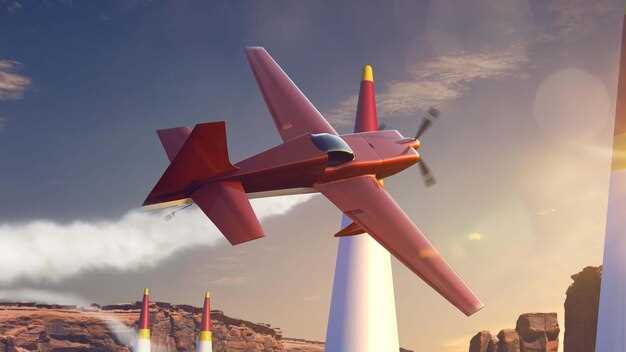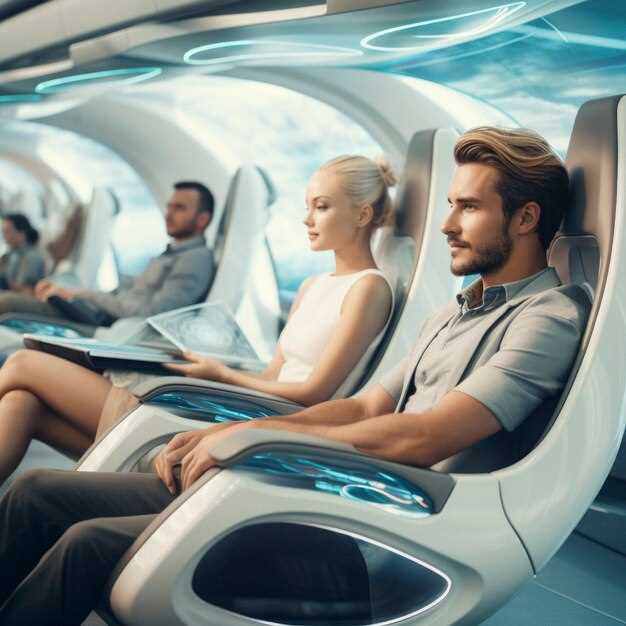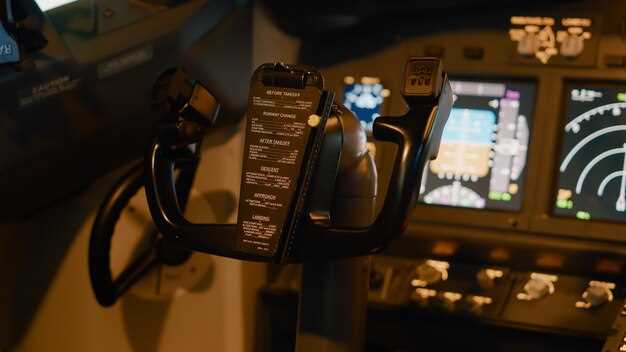
The landscape of mobility is undergoing a transformative shift, particularly in the realm of planes. As global demands for sustainable and efficient transport solutions rise, the aviation industry is witnessing groundbreaking innovations fueled by electric propulsion technologies. These advances are not merely incremental; they signify a paradigm shift towards cleaner air travel.
Electric aviation technology is rapidly evolving, focusing on reducing emissions and dependency on fossil fuels. Cutting-edge research and development efforts are yielding aircraft designs that utilize electric engines, hybrid systems, and advanced battery technologies. This shift not only enhances the performance of planes but also aligns with environmental goals, positioning electric aircraft as a cornerstone of future air mobility.
Furthermore, the integration of electric aviation into urban air mobility solutions paves the way for efficient short-haul flights and automated aerial transport systems. By capitalizing on innovations in aerodynamics and energy efficiency, the industry is set to redefine air travel, making it more accessible and sustainable than ever before. As these technologies advance, the dream of a greener aerospace sector is becoming a reality, with profound implications for both passengers and the planet.
Battery Innovations and Their Impact on Electric Aircraft Performance

Recent advances in battery technology have significantly transformed the landscape of electric aviation, enhancing the performance and efficiency of electric planes. With the global push for sustainable mobility, these innovations are crucial in addressing the challenges facing the aviation industry, such as emissions and operational costs.
High-Energy Density Batteries have emerged as a game-changer, allowing electric aircraft to achieve longer ranges without the weight penalties associated with older battery designs. Lithium-sulfur and solid-state batteries are at the forefront of this evolution, promising higher energy storage capacity and improved safety. As a result, electric planes can carry heavier payloads and operate over greater distances, making air travel more accessible.
Fast-Charging Technologies are also revolutionizing electric aviation. Innovations such as liquid cooling systems and advanced charging algorithms facilitate quicker turnaround times for aircraft. This enhances operational efficiency in airports, ultimately improving the overall mobility framework. Passengers can enjoy reduced waiting times, making electric aircraft a competitive option compared to conventional jet planes.
Moreover, Battery Management Systems (BMS) play a pivotal role in optimizing the performance of electric aircraft. These advanced systems monitor battery health, temperature, and energy consumption, ensuring that planes operate safely and efficiently. A well-designed BMS can extend battery life and performance consistency, further enhancing the reliability of electric mobility in the air.
The collaboration between the aerospace sector and technology developers continues to spur further innovations. Ongoing research into recycling and repurposing battery materials aims to create a sustainable future for electric aviation. By minimizing environmental impact and enhancing performance metrics, these advancements not only benefit the industry but also contribute significantly to global sustainability goals.
In conclusion, the innovations in battery technology are crucial for the future of electric aircraft performance. By enabling greater range, shorter charging times, and superior safety protocols, these improvements are setting a new standard for air mobility, paving the way for a more sustainable aviation ecosystem.
Infrastructure Requirements for the Future of Electric Air Mobility

The progression towards electric air mobility necessitates a rethinking of existing aviation infrastructure. As electric planes become increasingly viable, several key components must be developed and optimized to support this transformative shift in transportation.
Charging Stations: Essential for the operation of electric aircraft, a robust network of charging stations will be crucial. These stations must be strategically located at airports and urban hubs to allow for quick recharging between flights. The charging technology needs to evolve to handle the high energy demands of electric planes while minimizing downtime.
Maintenance Facilities: Electric planes require specialized maintenance facilities equipped to handle their unique systems. Technicians will need training in electric propulsion technologies and associated systems, ensuring that aircraft safety and performance standards are maintained. Facilities must also include advanced diagnostic tools that cater to electric aviation technologies.
Air Traffic Management Systems: With the integration of electric planes into the airspace, existing air traffic management systems need modernization. New technology will be required to accommodate the anticipated increase in air traffic, optimize routing, and ensure safe operation in shared airspace, especially in urban areas where electric mobility will thrive.
Urban Air Mobility Infrastructure: Infrastructure for urban air mobility must include vertiports, which serve as takeoff and landing zones for electric aircraft. These areas need to be designed to facilitate seamless integration into urban landscapes, providing easy access for passengers and efficient connections to ground transportation.
Regulatory Framework: A comprehensive regulatory framework is vital to ensure the safe integration of electric planes into national airspace. This framework should prioritize safety standards, environmental regulations, and operational guidelines specifically tailored to electric aviation technologies.
As the future of electric air mobility unfolds, addressing these infrastructure requirements will be essential for the successful integration of electric planes into daily transportation. A collaborative approach among government bodies, aviation authorities, and private enterprises will drive the development necessary for a sustainable and efficient electric air mobility ecosystem.
Case Studies of Leading Electric Plane Startups and Their Technologies
Several startups are revolutionizing the electric aviation sector, demonstrating innovative technologies that enhance air mobility while reducing environmental impacts. One notable example is Joby Aviation, which has developed an all-electric vertical takeoff and landing (eVTOL) aircraft. This plane, designed for urban air mobility, has a range of approximately 150 miles and aims to operate at speeds of up to 200 mph. Its aircraft leverages advanced battery systems and a distributed electric propulsion architecture, which ensures efficiency and reduces noise pollution, making it suitable for urban environments.
Another prominent player is Ellery Aviation, focusing on electric commuter planes for regional transport. Their flagship model, the Ellery 250, utilizes sustainable aviation batteries that can be recharged in under an hour. This aircraft is designed to carry up to four passengers over distances exceeding 200 miles, thus reducing reliance on fossil fuels and supporting eco-friendly travel. The startup is also actively exploring partnerships to integrate solar energy solutions, which could charge the planes without reliance on traditional infrastructure.
Aura Aero is pushing the boundaries of electric aviation with its hybrid-electric technology. Their prototype, the Aura E1, combines battery power with a small hybrid engine. This dual-power system allows for longer flights while maintaining low emissions. With a focus on both training and cargo transport, the E1 is positioned to serve diverse markets, showcasing the versatility of electric aircraft technology.
Heart Aerospace, developing the ES-19, aims to create a fully electric regional airliner capable of carrying 19 passengers. The aircraft seeks to cover journeys of up to 250 miles. By harnessing advanced light-weight materials and high-performance battery packs, the ES-19 aims to significantly cut operational costs and emissions, promoting greater accessibility to short-haul flights in an eco-conscious manner.
These startups embody the potential of electric planes to transform air mobility. Their diverse technological approaches–from eVTOLs and hybrid systems to fully electric airliners–highlight an industry ready to meet the challenges of sustainable aviation. By prioritizing innovation and collaboration, these companies are not only advancing their capabilities but also laying the groundwork for the future of air travel.
